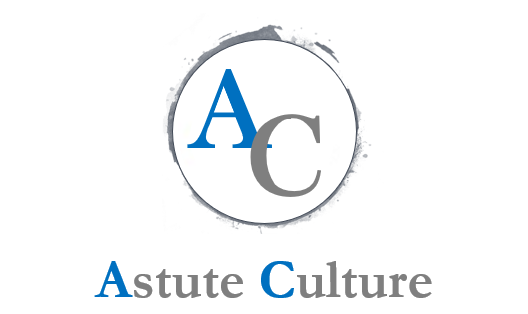The OD process begins when an organization recognizes that a problem exists which impacts the mission or health of the organization and change is desired. It can also begin when leadership has a vision of a better way and wants to improve the organization. An organization does not always have to be in trouble to implement organization development activities.
Once the decision is made to change the situation, the next step is to assess the situation to fully understand it. This assessment can be conducted in many ways including documentation review, organizational sensing, focus groups, interviewing, or surveying. The assessment could be conducted by outside experts or by members of the organization.
After the situation is assessed, defined, and understood, the next step is to plan an intervention. The type of change desired would determine the nature of the intervention. Interventions could include training and development, team interventions such as team building for management or employees or the establishment of change teams, structural interventions, or individual interventions.
Once the intervention is planned, it is implemented
During and after the implementation of the intervention, relevant data is gathered. The data gathered would be determined by the change goals. For example, if the intervention were training and development for individual employees or for work groups, data to be gathered would measure changes in knowledge and competencies.
This data is used to determine the effectiveness of the intervention. It is reported to the organization’s decision-makers. The decision-makers determine if the intervention met its goals. If the intervention met its goals, the process can end, which is depicted by the raising of the development bar. If it did not, the decision is made whether to continue the cycle and to plan and carry out another intervention or to end it.
Strategic Planning and Implementation
Gain a deep appreciation for the components of strategic planning and implementation in order to achieve strategic results.
Focus on leaders’ knowledge, skills, and behaviors in achieving results through understanding and applying key components: external environment, strategic intent, innovation, business model, processes, organization design, workforce talent, and culture.
Organizational Assessments
Understand and apply tools such as interviews, focus groups, surveys, and assessments to identify and address key issues and opportunities for improving your organization’s team or department.
Change Management
Collaborate with teams and organizations to design, develop, and deliver a change management and leadership plan to respond to external or internal changes impacting the team or organization.
Competency Development
Partner with managers to identify required core competencies (knowledge, skills, and behaviors) for individuals to achieve business and organizational goals.
Team Development
Partner with customer to design, develop, and sustain high-performing teams to achieve business and organizational results.
Deploy appropriate assessment tools with a focus on purpose, structure, tasks, norms, and competencies that align with strategic direction of the organization.
Performance Improvement Consulting
Partner with managers and teams to identify and close performance gaps to achieve expected business and organizational results.
Retreat Design and Facilitation Around Organizational Priorities
Partner with managers and teams in focusing their efforts to optimize expected objectives and results through designing, facilitating and evaluating expected outcomes for the retreat.





